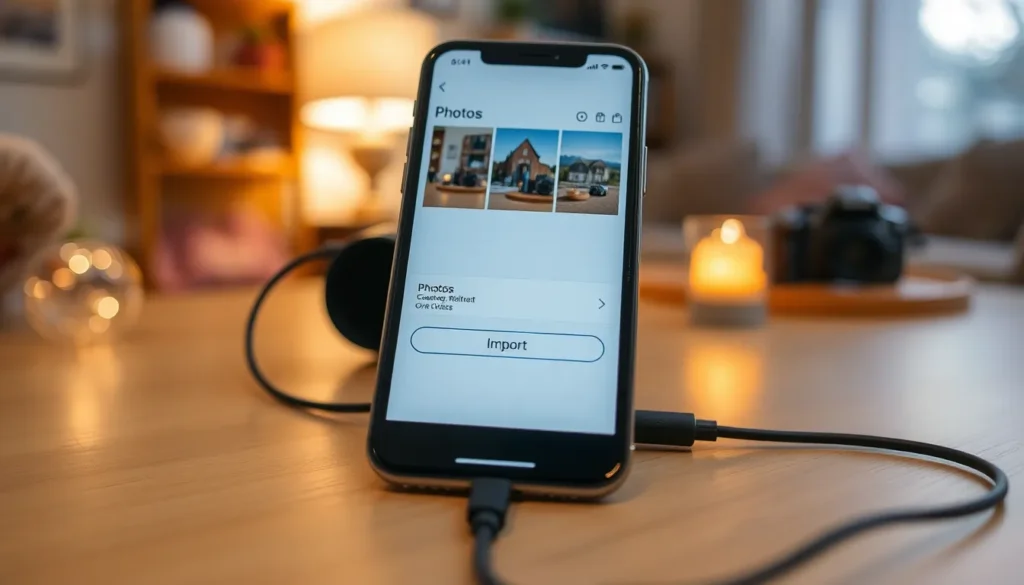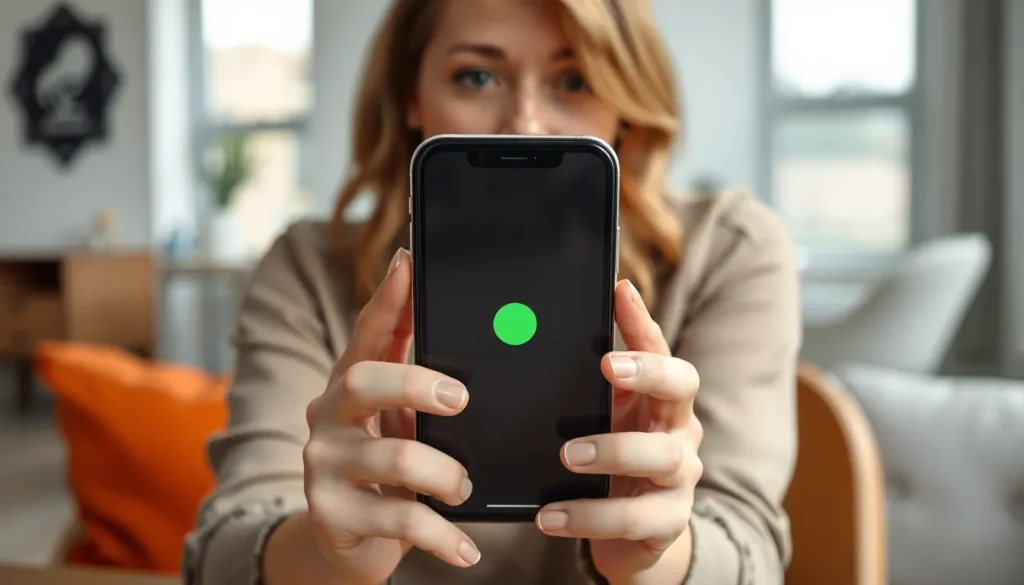Table of Contents
ToggleEver found yourself in a situation where your iPhone just can’t keep up? Maybe you need a little extra time to finish that epic text or finalize the perfect selfie. Fear not! Learning how to do an extension on your iPhone is easier than finding that elusive charger you swear you left on the kitchen counter.
In this guide, you’ll discover the secrets to extending your iPhone’s capabilities, ensuring it works for you like a trusty sidekick. Whether it’s extending your call time or maximizing your app usage, this article will have you covered faster than your phone can say “low battery.” So, grab your device and get ready to unlock features that’ll make your iPhone experience smoother than your favorite playlist.
Understanding iPhone Extensions
iPhone extensions enhance device functionality, offering users various ways to improve their experiences. These extensions provide additional features that streamline tasks and allow for greater customization.
What Are iPhone Extensions?
iPhone extensions allow apps to perform tasks beyond their standard capabilities. They enable features like sharing content between apps, customizing notifications, and integrating with other services. Each extension serves a specific purpose, enhancing usability without requiring users to navigate away from the current application. Developers create extensions to improve how apps interact, making them more versatile and user-friendly.
Types of Extensions Available
Several types of extensions exist for iPhones, each catering to different needs. Today, users can find action extensions for sharing or editing content, widget extensions for accessing information at a glance, and keyboard extensions for personalized typing experiences. App extensions enhance features, such as photo editing tools integrated directly into the Photos app. Additionally, custom extensions offer users unique functionalities tailored to their preferences.
Preparing for the Extension

Preparing the iPhone for an extension involves a few quick checks and adjustments.
Checking iPhone Compatibility
First, identify the iPhone model. Apple releases new models annually, and compatibility might vary based on features. Verify that the iPhone runs at least iOS 11. Most extensions require this version to function effectively. Users should also check the specific extension requirements in the App Store for additional compatibility notes. Old devices might not support certain extensions, limiting options for users. Confirming this minimizes frustration and optimizes the extension experience.
Making Space for the Extension
Creating space on the iPhone ensures smooth installation and operation. Begin by reviewing storage capacity; devices with less than 1 GB of free space may run slowly. Delete unnecessary apps or files to free up storage efficiently.Consider the new extension’s size before downloading; larger apps usually require more space. Regularly clearing out photos, videos, and unused apps will help maintain sufficient storage. This proactive management makes room for new extensions and enhances device performance.
Steps to Do an Extension on iPhone
Performing an extension on an iPhone enhances functionality and user experience. Follow these steps to install and activate extensions effectively.
Accessing the Settings Menu
Open the Settings app on the iPhone. Navigate to the option labeled “General.” Tap on “Extension” to view available settings. This section displays all installed extensions as well as options for new ones. Users can manage existing extensions or proceed to add new ones directly from this menu.
Selecting the Desired Extension
Browse the App Store to discover various extensions available for download. Enter relevant keywords in the search bar to filter options based on needs. Review the descriptions and ratings of each extension for informed decisions. Consider extensions that suit specific tasks like image editing or custom keyboards. After identifying a suitable extension, tap the “Get” button to initiate the download process.
Installing and Activating the Extension
Allow the extension to download fully before attempting to activate it. Access the Settings menu again to find the newly installed extension. Toggle the extension to “on” to enable it. Some extensions may require additional permissions, so follow the on-screen prompts to grant access. Once activated, the extension is ready to use, providing enhanced functionality directly within compatible apps.
Common Issues and Troubleshooting
iPhone users may encounter issues while installing or activating extensions. These challenges can disrupt the user experience and hinder functionality.
Problems During Installation
Issues during installation often arise from compatibility or storage concerns. Users may find their device isn’t compatible with the desired extension, especially if it runs an outdated iOS version. Insufficient storage space also poses a common obstacle, requiring users to delete unnecessary files or apps to make room. Users can check for extension requirements within the App Store for clarity. Sometimes, the download process may stall or fail, necessitating a retry. Restarting the device can also resolve minor glitches that might interfere with successful installation.
Fixing Activation Issues
Activation issues frequently stem from permission settings. Users might forget to grant necessary permissions for the extension to function properly. Revisiting the Settings app and navigating to the Extensions section can help resolve forgotten permissions. Compatibility with specific apps can also impact activation, so confirming app support is essential. Occasionally, toggling the extension off and then on again from the Settings menu resolves activation problems. Users may also benefit from reinstalling the extension if persistent issues continue, ensuring a fresh start for functionality.
Exploring iPhone extensions can significantly enhance the user’s experience. By following the outlined steps for installation and activation, anyone can unlock new functionalities that make everyday tasks easier and more efficient.
With a range of extensions available users can tailor their iPhone to better suit their needs. Whether it’s improving communication or streamlining app usage these tools offer valuable enhancements.
By taking the time to manage storage and ensure compatibility users can enjoy a smoother experience. Embracing these extensions not only maximizes the iPhone’s capabilities but also adds a personal touch to how it fits into daily life.









